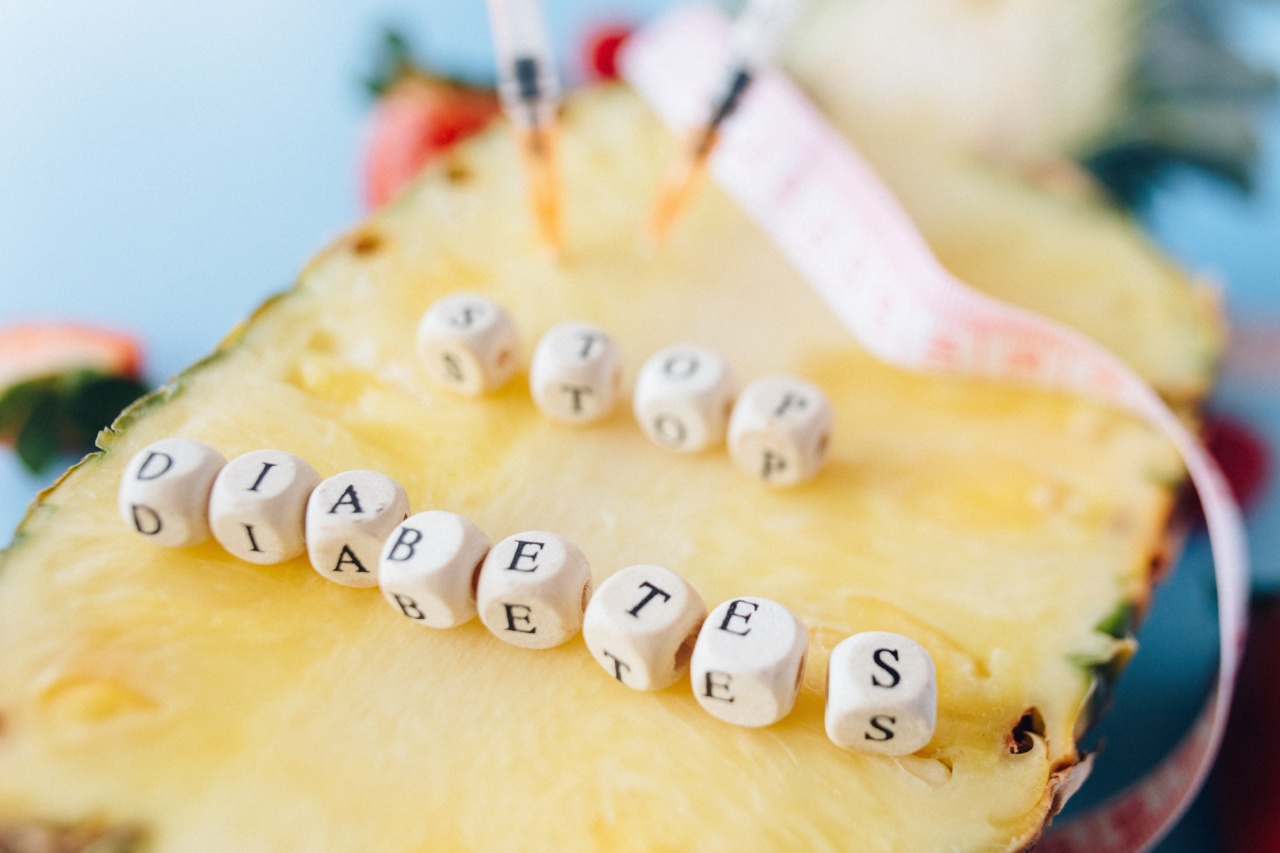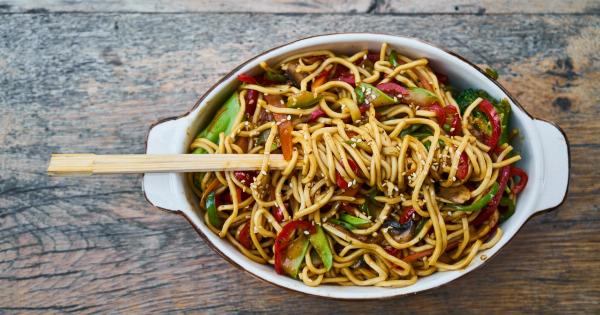For people with diabetes or prediabetes, controlling blood sugar levels is essential to maintain good health. One way to keep blood sugar levels in check is by incorporating low glycemic index (GI) foods into the diet.
These foods are slowly digested and absorbed, leading to a slow and steady release of glucose into the bloodstream.
What are Low GI Foods?
Glycemic index (GI) is a measure of how quickly a food raises blood sugar levels after consumption.
Foods with a high GI are quickly broken down and absorbed, causing a rapid spike in blood sugar, while low GI foods are slowly digested and absorbed, resulting in a slower and more stable rise in blood sugar levels. Foods with a GI of 55 or less are considered low GI foods.
Examples of Low GI Foods
Some examples of low GI foods include:.
- Non-starchy vegetables: Broccoli, kale, spinach, green beans, cucumbers, tomatoes, and other leafy greens.
- Fruits: Berries, apples, oranges, grapefruit, peaches, plums, and pears.
- Grains and cereals: Brown rice, oats, quinoa, barley, and whole wheat bread.
- Dairy: Milk, yogurt, and cheese.
- Nuts and seeds: Almonds, peanuts, cashews, sunflower seeds, and chia seeds.
- Legumes: Kidney beans, chickpeas, lentils, and black beans.
Benefits of Low GI Foods
There are several benefits of incorporating low GI foods into your diet:.
- Better blood sugar control: Low GI foods help regulate blood sugar levels and prevent spikes and crashes.
- Weight management: Low GI foods tend to be more filling and can help you feel full for longer periods, leading to less overeating and weight gain.
- Reduced risk of heart disease: A diet rich in low GI foods can lower cholesterol levels and reduce the risk of developing heart disease.
- Improved energy levels: Low GI foods provide a steady source of energy throughout the day, rather than a quick burst of energy followed by a crash.
- Better gut health: Low GI foods are typically high in fiber, which promotes healthy digestion and can reduce the risk of developing digestive disorders.
Tips for Incorporating Low GI Foods into Your Diet
Here are some tips to help you incorporate more low GI foods into your diet:.
- Choose whole, unprocessed foods whenever possible.
- Opt for non-starchy vegetables instead of high-carb options like potatoes.
- Choose fruits with a lower GI such as berries and apples.
- Swap refined grains for whole grains like brown rice and oats.
- Choose dairy products like milk and yogurt that do not contain added sugars.
- Add nuts, seeds, and legumes to your meals and snacks.
Conclusion
Incorporating low GI foods into your diet can have numerous benefits, including better blood sugar control, weight management, and improved heart health.
By making simple swaps and choosing whole, unprocessed foods, you can easily incorporate more low GI options into your meals and snacks.





























